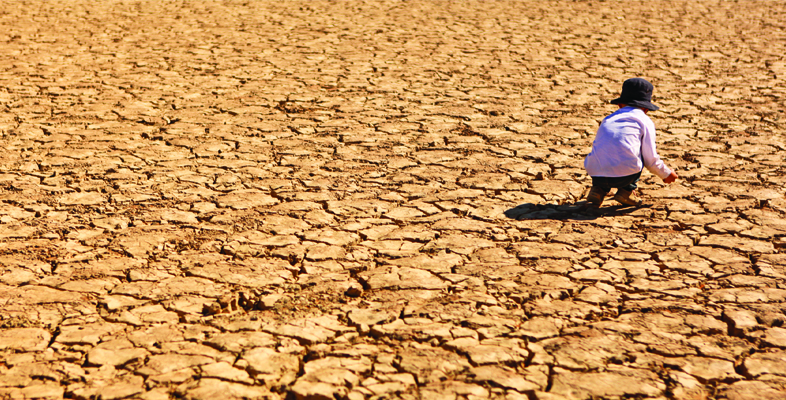4.2 The concept of nexus
The concept of the nexus and its use in contemporary social science is something Kraftl uses to explore children’s experiences of environmental change in different places. By nexus, Kraftl means the relationships and interconnectedness between things and people. In the reading that follows in Activity 6 he uses the word nexus to emphasise the interconnectedness of everything.
Activity 6
Read Changing environments - Resources, interconnectedness and nexus thinking [Tip: hold Ctrl and click a link to open it in a new tab. (Hide tip)] by Kraftl, then answer the following two questions.
In less than 50 words, write a sentence on the value of ‘nexus’ thinking.
Discussion
Nexus thinking allows scholars to understand complex, mutual and interdependent systems, as well as the inter‐connections between resource sectors, such as water, energy and food that had previously been investigated separately.
Complete the following sentence in your own words:
A nexus framework offers an opportunity to…
Discussion
A nexus framework offers an opportunity to look at how different environmental challenges matter to children, in any time and place.
The concept of nexus may seem an unnecessarily complex one which academics use to describe the commonplace. However, its use emphasises the complexity and interrelatedness of different aspects of children’s lives. It highlights how children are connected to the whole ecosystem and to wider networks of food production, water distribution or fuel consumption.
